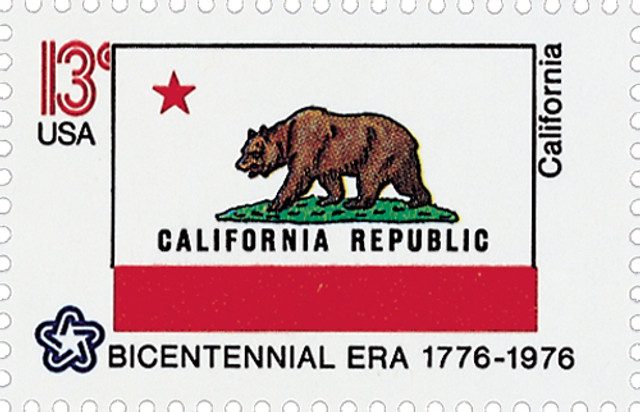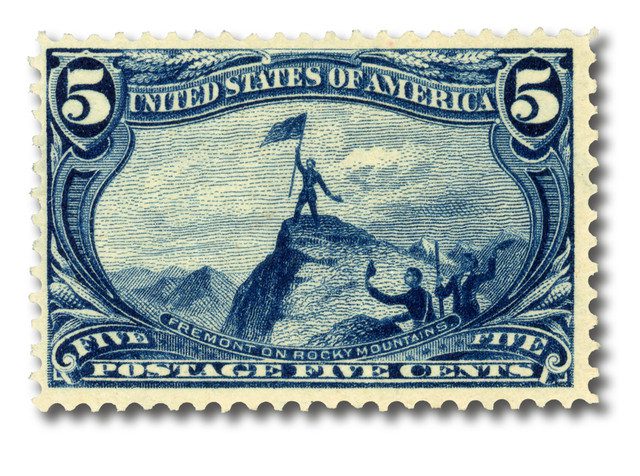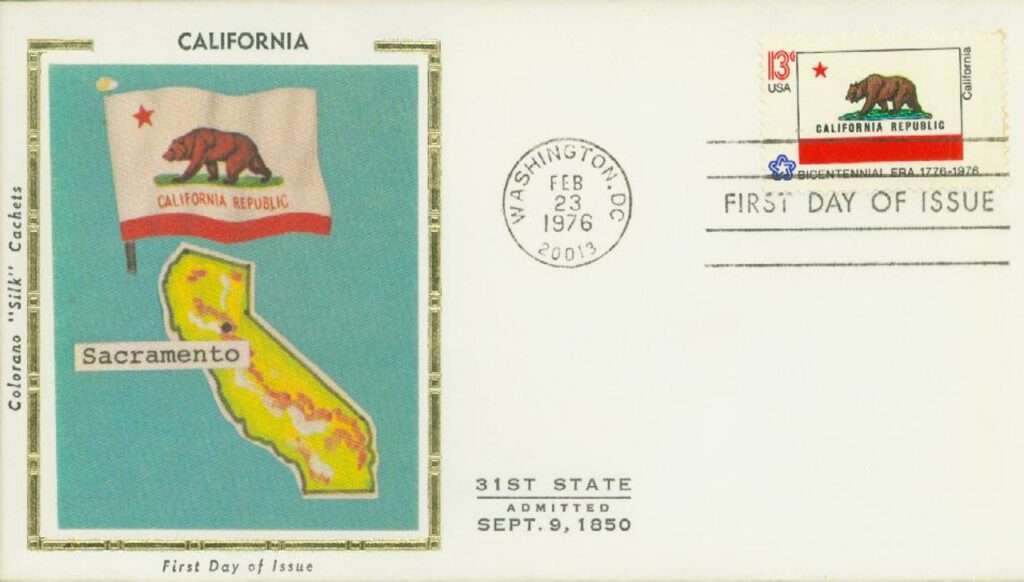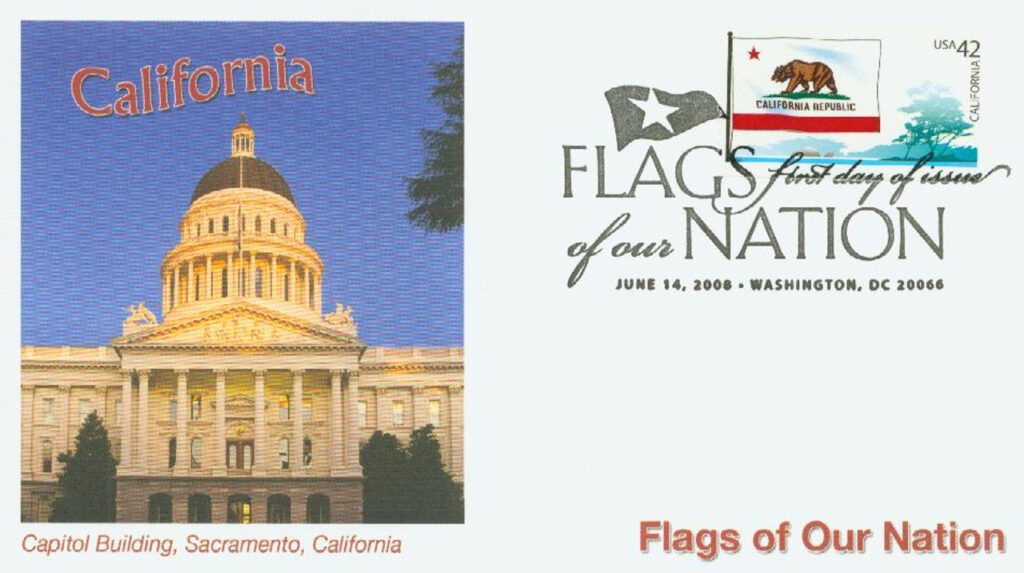On June 14, 1846, California settlers staged the Bear Flag Revolt in rebellion against the Mexican government.
In 1822, California became a province of Mexico. The province was allowed to establish its own legislature and military force. But when Mexico began sending governors to the province in 1825, Californians began to resent the outside influence. Some citizens engaged Mexican troops in some minor conflicts. This continued resistance weakened Mexico’s control of the area.
In 1826, trapper Jedediah Strong Smith became the first American explorer to reach California by land. Many trappers and explorers soon followed in his footsteps. The first group of American settlers reached California in 1841. So many American settlers poured into California that the United States offered to buy the land, but Mexico refused to sell.
Military explorer John C. Frémont led surveying parties into California from 1844 to 1846. The Mexicans saw these expeditions as a threat. In March 1846, the Mexicans ordered Frémont to leave the area. Instead, he stood his ground, raising the US flag over Hawk’s Peak, located about 25 miles from Monterey. Frémont began building a fort, but when Mexican troops came to the area, Frémont withdrew. On May 13, 1846, the US and Mexico went to war.
Meanwhile, in Sonoma, California, settlers were emboldened by Frémont’s actions. On June 14, 1846, a group of about 30 Americans led by William Ide and Ezekiel Merritt captured the Mexican fort at Sonoma. This fort served as Mexico’s headquarters for all of northern California. Though Frémont didn’t participate, he approved of their attack.
The Americans surrounded the home of Mexican general Mariano Vallejo, who actually supported American annexation. Still, they told him he was a prisoner of war and he invited them in to discuss the situation over drinks. After several hours of polite discussion, Ide burst in and arrested Vallejo and his family.
The settlers proclaimed a victory and declared California an independent republic. They then raised a homemade flag bearing a star, grizzly bear, and the words California Republic. The Bear Flag Revolt as it came to be known, continued on with the rebels winning a few small skirmishes against the Mexican forces. Frémont then took command of the settlers on July 1.
Then, six days later, Frémont learned that American forces had taken Monterey without a fight and had raised the American flag over California. Because their goal was to make California part of the US, the Bear Flaggers were content, their republic dissolved, and they replaced the flag with the stars and stripes. After the war, Mexico surrendered California in the Treaty of Guadalupe Hidalgo. California then became part of the US.
More About the Bear Flag
William L. Todd was one of the Bear Flag rebels and the designer of the flag. He was a first cousin to Mary Todd Lincoln, the wife of future president Abraham Lincoln. The flag includes a single red star, in honor of the 1836 coup led by Juan Alvarado. Alvarado waved a red lone star flag when he attempted to declare California’s independence from Mexico. The flag’s central feature is the large grizzly bear, native to the state of California, chosen as a symbol of strength. The Bear Flag was officially adopted as the California state flag in 1911.
Click here to see what else happened on This Day in History.







A sad irony to the symbol of the grizzly bear and the short lived “Bear Flag Revolt,” is that grizzly bears were hunted to extinction in California by the Twentieth Century. Black bears inhabit the state but not grizzlies. The city of Vallejo in the Bay Area was named after General Vallejo, and the nearby city of Benicia was named after his daughter.
Again Mystic offers up a history lesson that I was unaware of. Thank you Mystic!
Mystic’s “This day in History” is a double pleasure for stamp and history enthusiasts! I am constantly surprised by the wealth of historical details found in my daily inbox. Thank you for enriching my understanding with your excellent writing and in depth scholarship.
Excellant history lesson.
Great info as usual.
Its too bad this “California Republic” didn’t come to fruition.
Now I know why the Ide Adobe is a historical landmark near where I live.
Ide Adobe is near where I live in Northern California, near Redding, California. Know I know why it’s historical.